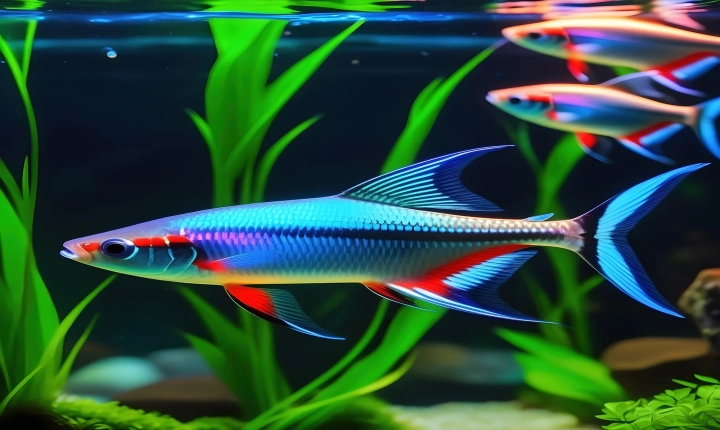OpenAI Gym is a powerful tool for developing and comparing reinforcement learning algorithms. It provides a wide variety of environments, which simulate real-world tasks and make it easy to write and test learning algorithms. This article will cover the fundamentals of using OpenAI Gym to generate transitions for reinforcement learning.
Firstly, it is essential to understand the concept of transitions in reinforcement learning. Transitions are the tuples of (state, action, reward, next state) that represent the experience of an agent interacting with an environment. These transitions form the basis of learning algorithms, as they provide the data necessary for the agent to learn from its interactions with the environment.
OpenAI Gym provides a variety of environments, such as classic control problems, Atari games, and robotics simulations, that can be used to generate transitions. In this article, we will focus on using the classic CartPole environment to demonstrate how to generate transitions.
To get started, you will need to install the gym library. You can do this by running the following command:
“`
pip install gym
“`
Once gym is installed, you can import the library and create an instance of the CartPole environment:
“`python
import gym
env = gym.make(‘CartPole-v1’)
“`
Now that you have created the environment, you can interact with it by taking actions and observing the resulting transitions. Here is an example of how you can run a simple random policy to generate transitions:
“`python
num_episodes = 10
for _ in range(num_episodes):
state = env.reset()
done = False
while not done:
action = env.action_space.sample()
next_state, reward, done, _ = env.step(action)
# Store the transition (state, action, reward, next state)
# for further use in learning algorithms
# E.g. store it in a replay buffer
# Note: It’s advisable to preprocess the state
# and normalize the reward before storing it
print(state, action, reward, next_state)
state = next_state
“`
In this example, we run 10 episodes of the CartPole environment, with each episode consisting of several interactions with the environment. For each interaction, we take a random action and observe the resulting transition, which is printed to the console.
It is important to note that in a real learning scenario, you would not randomly sample actions; instead, you would use a learning algorithm to select actions and learn from the resulting transitions. However, this example serves to illustrate the process of generating transitions using OpenAI Gym.
In conclusion, OpenAI Gym provides a flexible and easy-to-use framework for generating transitions for reinforcement learning. By creating and interacting with various environments, you can collect the data necessary to train and evaluate learning algorithms. This article has demonstrated how to use the CartPole environment as an example, but OpenAI Gym offers a wide range of environments for different types of tasks. With the knowledge gained from this article, you can begin to explore and experiment with different environments to generate transitions for your own reinforcement learning projects.
